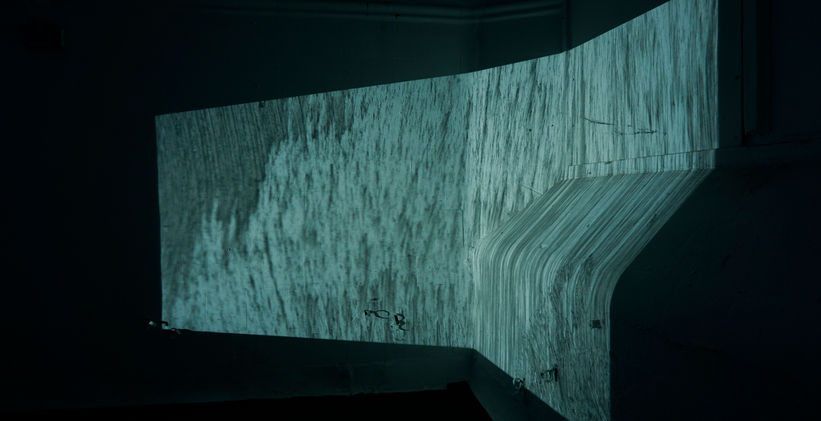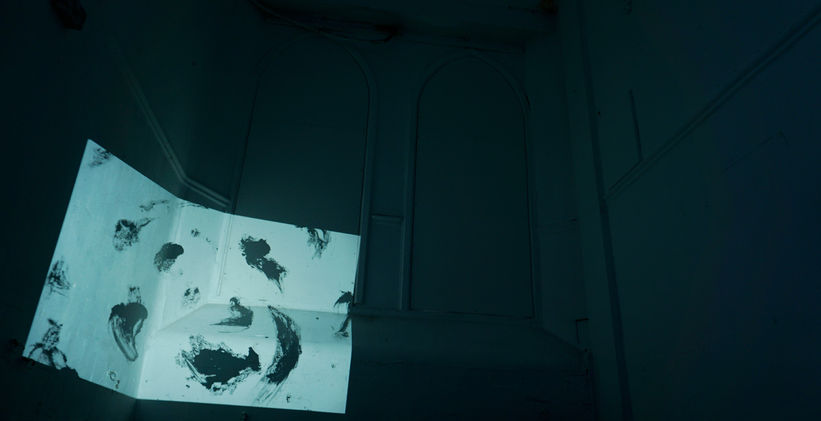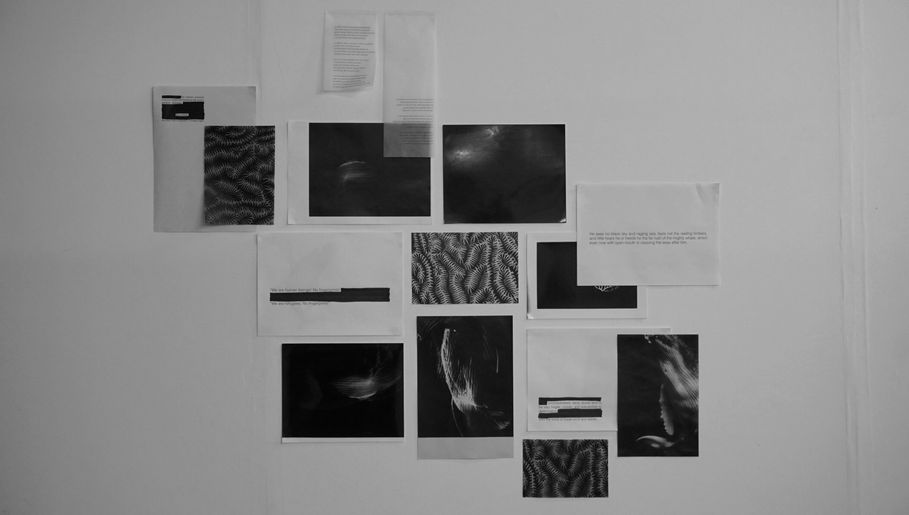I am a paragraph. Click here to add your own text and edit me. It is very simple.
Just as a phosphorescent stone, placed in the dark, emits an irradiation and exposed to full light loses all its fascination as a precious jewel, in the same way beauty loses its existence if the effects of shadow are suppressed.
"In Praise of Shadows"
Junichiro Tanizaki

Project started in 2018 whose protagonist is the projected shadow, pursues the questioning of its uncertain nature; To what extent is the projected shadow a representation of reality or is it instead a distortion of it?
Its relationship with the occult and subjective knowledge – occult by projecting into space what remains out of the reach of light, and subjective knowledge by the relationship established by Plato in the myth of the cave – is opposed to scientific language . Science aims to shed light on the unknown, however the project aims to emphasize the importance of what remains hidden in the shadows, allowing us to imagine without knowing for sure. Through the shadow an abstract language is generated captured through analog photography, projection and video. This project invites us to question ourselves about the perception of reality through vision and knowledge; the need to see to believe.
- projections in space -
- revealing shadows on paper -
- photobook -

- the hidden in the macrocosm -
- 16,000 light years. -




- collage and prints on paper- 23.3 x 24.4cm. - 2018
16,000 Light Years, consists of a series of representations of a still undiscovered galaxy; its title alludes to its distance from the earth. The images are divided by a grid made up of square or rectangular segments, in such a way that each centimeter is equivalent to 1,600 light years. The decision to segment the space is related to the documentary, Powers of Ten , (1977). But in this case, instead of using the square as a zoom, it is used to divide the space, just as archaeologists divide the land of archaeological sites, to focus on each one of them individually. This work aims to create a hypothetical study of a galaxy not yet recorded, but also of the speed of light in the dark and how it is used to measure distances.
- A Trip to WASP-12b -
A Trip to Wasp-12b - single channel video - 5:21 min - 2019
A Trip to WASP-12b is a piece of video art halfway between documentary and fiction, made through hand-painted slides its title is a nod to the trip to the moon by Georges Meliès, 1902. Its structure is made up of a abstract formal language with the aim of recreating the imaginary of the planet darker than the science he has found so far: WASP-12b. The narration of the discovery is carried out through a dialogue between two voices, two languages and two conflicting points of view; a first scientific voice pretends to describe the scientific finding, while a second one tries to deny it. What is in question is the veracity of a scientific discourse, since science is not exempt of mistakes.
-Metaphysics-
group exhibition: Farmleigh Gallery, Dublin, April 11 - 14, 2019
"Metaphysics" - the branch of philosophy that deals with the first principles of things, including abstract concepts such as being, knowing, identity, time and space.








A Trip to Wasp-12b - single channel video - 5:21 min - 2019
Slide library - wood, acetate and slides 150 x 50cm - 2019
- Harmony of the planets -
Pythagoras believed that each planet in the solar system orbited at a constant, circular speed, and he assigned each planet a musical note. However, it was not until the fifteenth century when the German astronomer and mathematician, Johannes Kepler would determine that each planet moves in an ellipse with an irregular speed, with which he composed a melody adapted to the orbit of each planet and titled it Harmonices mundi .





harmony of the planets - installation - 2019
As far as the project is concerned, there is a continuous insistence on relating the microcosm to the macrocosm. The painting represented on the slides is considered a microcosm, while its projection on a larger scale is considered a macrocosm. This relationship established between different scales is linked to the quality of the shadow to increase the size of the silhouette of the specific object. That is, the deformation that the shadow suffers in space is conditioned by the distance between the object and the surface on which it is projected. In this way, such deformation is used to perform an increase in scale.




















